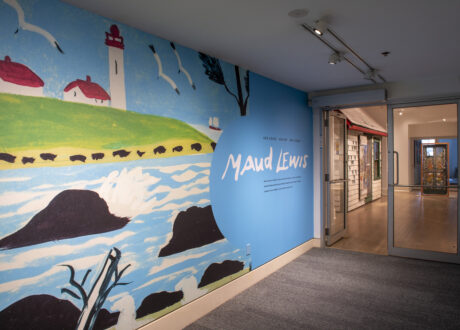

Painter Claude Monet, founding father of French Impressionism, is perhaps best known for his works depicting his flower garden at Giverny, France, a small village located 80 km from Paris that he discovered in 1883.
Water Lilies, a series of approximately 250 paintings executed en plein air at Giverny over the last three decades of the artist’s life are some of the most familiar images associated with Monet and the Impressionist movement. These works illustrate the overarching Impressionist philosophy of expressing one’s perceptions before nature, albeit the carefully manicured nature of the artist’s own cultivated grounds.
This selection of images by American photographer Stephen Shore sees Claude Monet’s famous grounds in Giverny, France in a contemporary light and in a different medium, through the lens of a camera.
Photographed over a six-year period beginning in 1977, New York’s Metropolitan Museum of Art commissioned this series shortly after extensive restorations to the gardens at Giverny had been completed. The images in the portfolio are typical of Shore’s careful style, capturing vistas and elements of the landscape—rose-covered trellises, meandering pathways, ponds covered with water lilies—that would have appealed to Monet himself.



